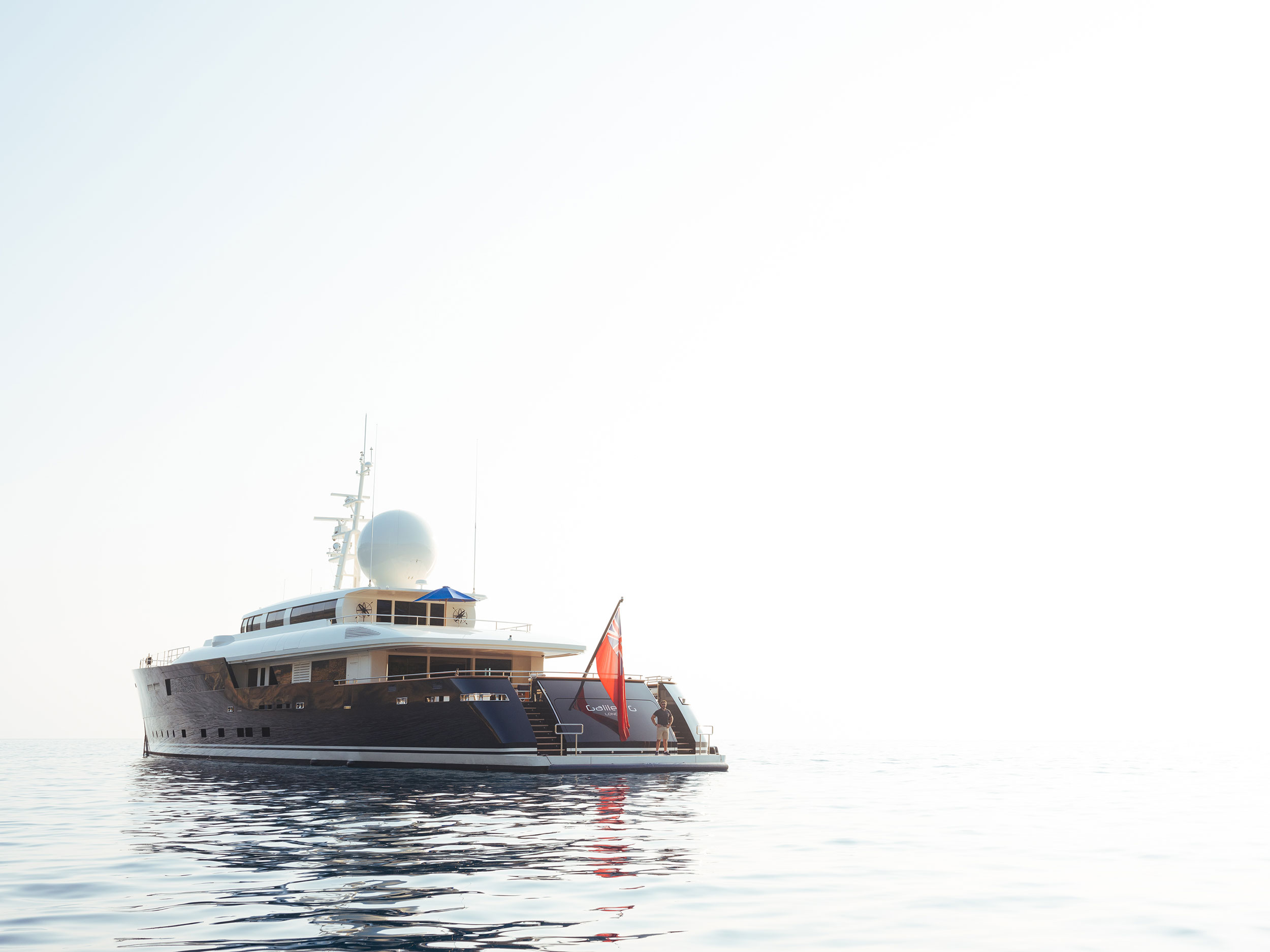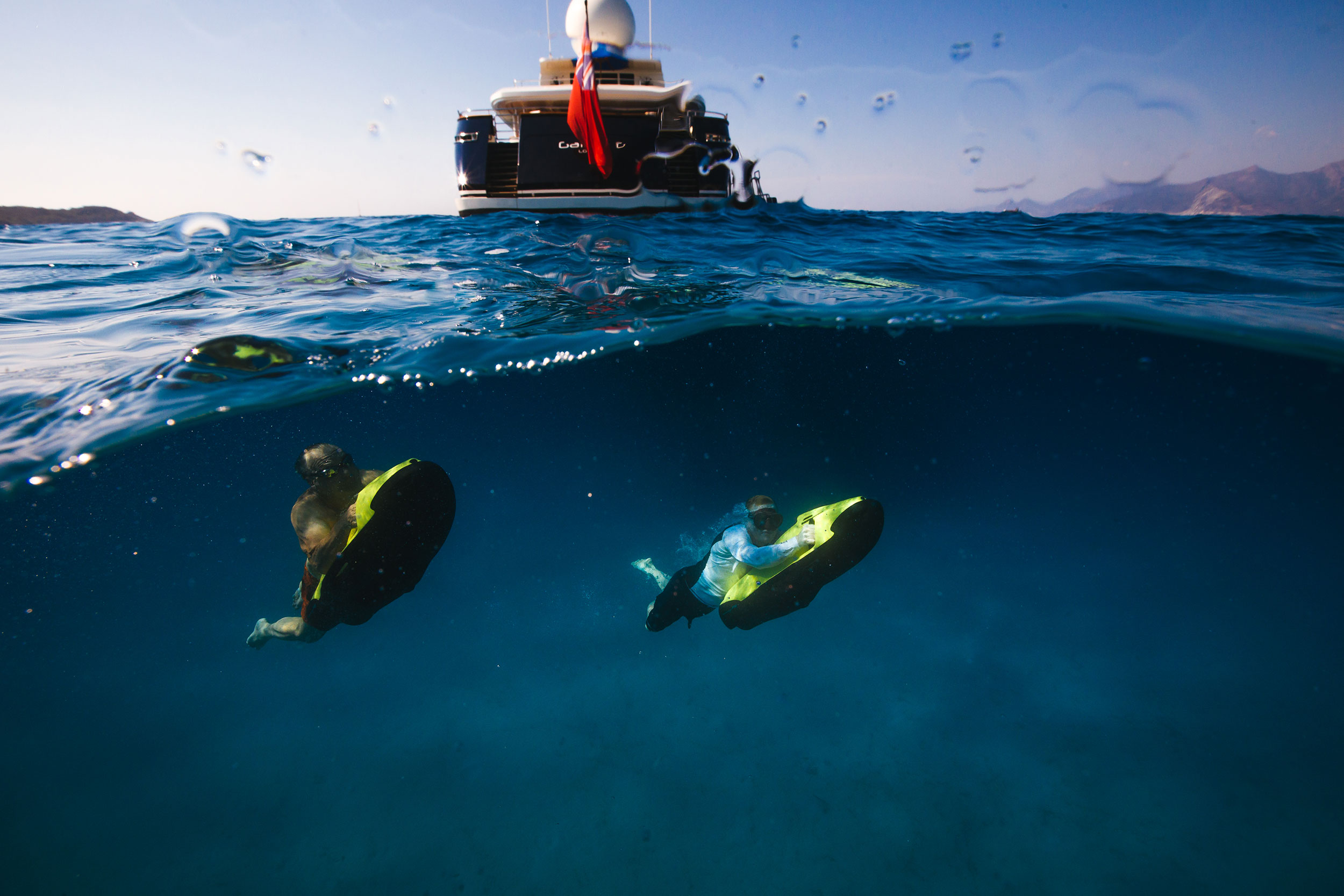Ernest Baudoux
Information:
Originally from France, Ernest Baudoux (1828-1897) worked in Jersey from 1869. In 1885 he was joined in business by his son, but two years later they sold out to John Stroud, a young photographer from London, who in turn sold his business, including many of Baudoux’s glass-plate negatives, to Albert Smith. Some of these photographs have been attributed incorrectly to Smith and the Photographic Archive of La Societe Jersiase have a project under way to attempt to correctly identify who took each of the 3000-plus images in their collection attributed to Smith.
There are 1385 photographs by Badoux available online from the Société’s archive. They are mainly portraits, which was the photographer’s speciality. Many of his portraits exist in two versions, one of them retouched to hide facial blemishes and wrinkles. Baudoux also undertook photographic commissions of clients’ houses and, working with his sons, he photographed views of the island.
He was the first significant chronicler of island life in images, a role which was later to be taken up by Albert Smith, which explains why there is doubt over who actually took some of the images attributed to Smith. The gallery below shows the diversity of subjects captured by his lens; from the portraits which were the bread-and-butter of an early professional photographer, to scenes of the island and pictures of major events in the mid-Victorian era.
Matt Porteous
Information:
Matt Porteous is a Jersey born photographer who travels the world capturing images of different cultures, people, objects and landscapes. He showed an unusual interest in photography from an early age, his first yellow underwater Minolta accompanied him everywhere. It was through that simple lens that he learnt to capture the sublime beauty of nature.
“Matt’s love and delight in his surroundings are evident in his work. He captures and reveals the expression and detail that is seldom evident to the naked eye. His images are alive with emotion and movement; he enters the world of that image and allows us a glimpse of his excitement, his humour, his soul. “
His mentors, close friends and travel opportunities have all influenced his approach to his work over the past 25 years. He is passionate about his photography and always has been. The love he has for his work, the people and places that he encounters along the way is apparent in the detail and perspective, in the stories he tells in his photographs.
One of his projects: Galileo G
Galileo G is a different kind of motor yacht: when constructed in 2011, the vessel represented a new design and purpose. Silvio had the boat built in order to navigate the Northwest Passage which links the Atlantic and Pacific Oceans, through the very north Canadian Arctic Archipelago. In order to complete this voyage, attention to design detail was mandatory: the hull is built of steel, to Ice Class criteria with extra thick plating and the rudders feature ice knives. The extra long waterline and narrow bow maximise hydrodynamic efficiency, with an added wave breaker on the foredeck, as well as all decks being heated to prevent them from freezing in the icy conditions.
There is also a nod to economic and environmental consideration, with the boat being able to run on one engine in ‘get-home mode’, or to reduce its’ fuel consumption – something that isn’t usually possible in motor yachts of this size. As a result of this, one tank of fuel will enable the vessel to travel 8000 nautical miles, which is equivalent to crossing the Atlantic three times.

Matt was welcomed by the beautiful crew, 11 always being his lucky number, and he felt like the luckiest guy alive to be invited to share this time on such an amazing adventure yacht. He was well-looked after and surrounded by a genuinely enthusiastic, caring crew, including Captain Tom who is a true gent, with a huge passion for the ocean, born from his days working as a dive instructor on adventure vessels on the Great Barrier Reef. Chef Pierre was also an all-time legend, creating incredible dishes with ease and finesse.
The crew and owner’s love for the ocean was so clear, as they appreciated their environment and the ocean at every moment. At one point, a pod of around 15 dolphins came to play around the bow, as the hydrodynamic design pushed the water aside with ease. The next day, whilst playing with the sea bobs, the guests were joined by a pod of whales and dolphins, who played together for around an hour. The creatures frolicked around the area, interacting with the movement and excitement of the underwater scooters.


Having looked at this diversely different and more modern approach to photography given by Matt it can be seen that drastic changes have occurred to how photography was used and perceived. Apart from the introduction of broader ranges of colour and texture into photography in the modern day it can be seen that the contextual and conceptual themes behind the photography can be in some ways similar and in some ways drastically different. One of those similarities could be the objective photographers in the past and present day have had to capture wealth and luxury among individuals and to present it and make it desirable, in order to create some sort of imaginative start in the viewers to think outside the box and broaden their ideas of what is and isn’t possible in their day to day lives after having seen the extravagance of others lives. One difference between them could be a slight move away from the sole purpose of catering the materialistic opportunities wealth brings and this introduction of the sub-category of capturing the experiences and emotions wealth gives rather than just the status and objects. This Is shown clearly in Matts work through the paragraph where it talks about the crews love for the ocean who were aboard the super yacht he was onboard in the project above and through the photo of the two people underwater with the sea scooters. I think this idea of showing the experiences wealth presents is a much more inclusive way of documenting this type of photography and believe it therefore brings with it a greater public interest and understanding.

